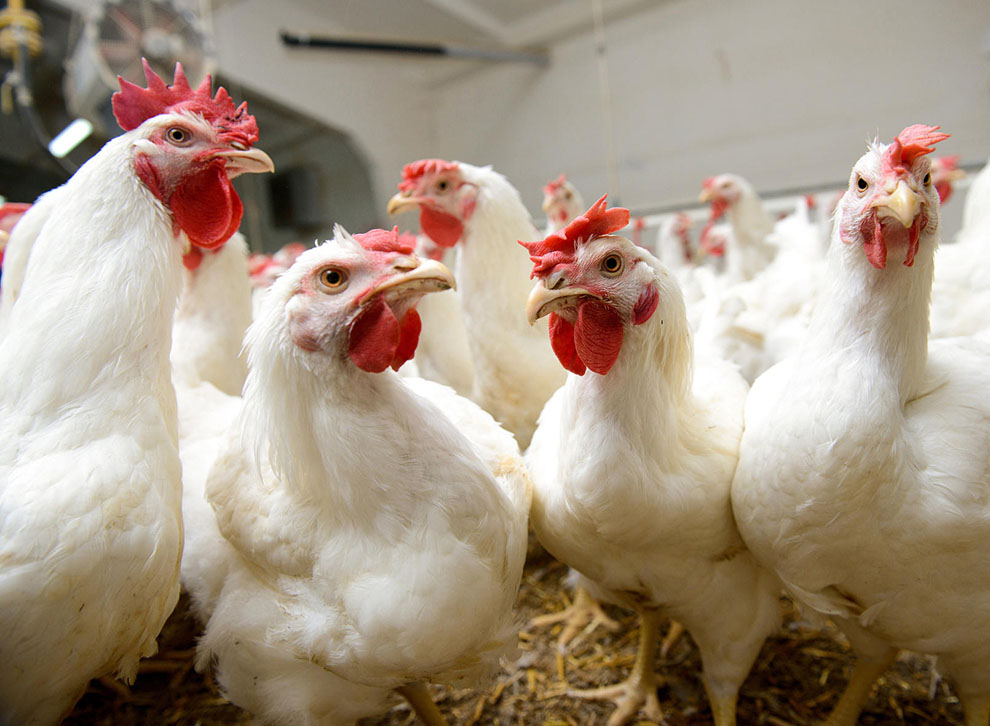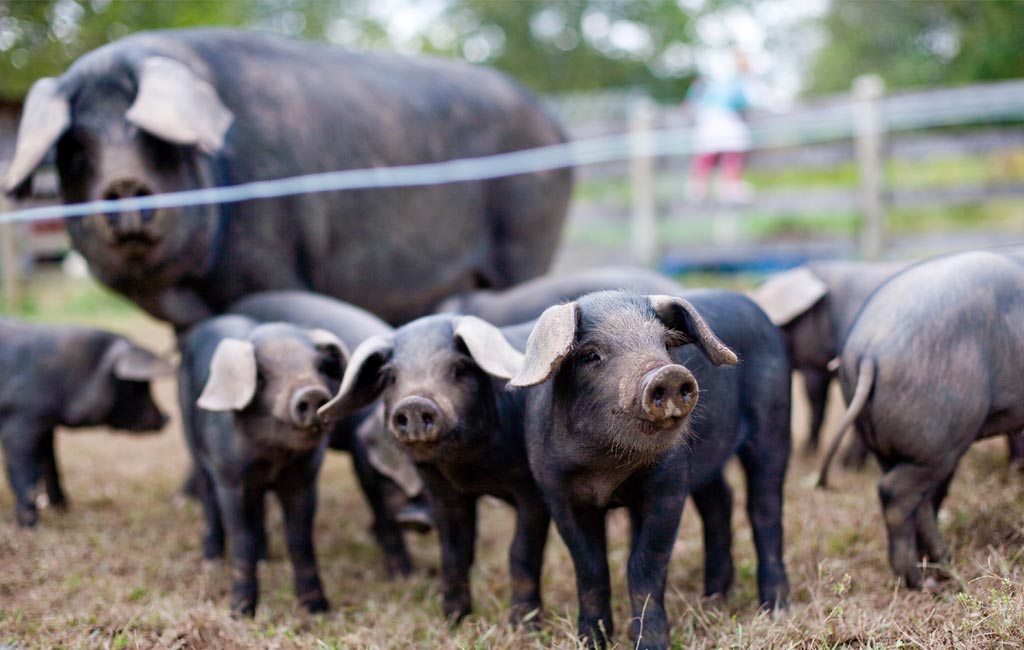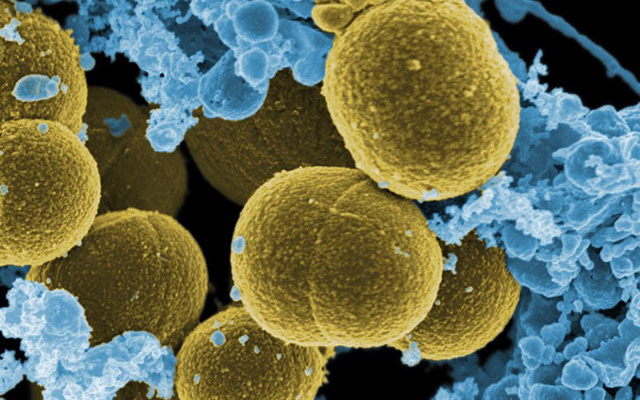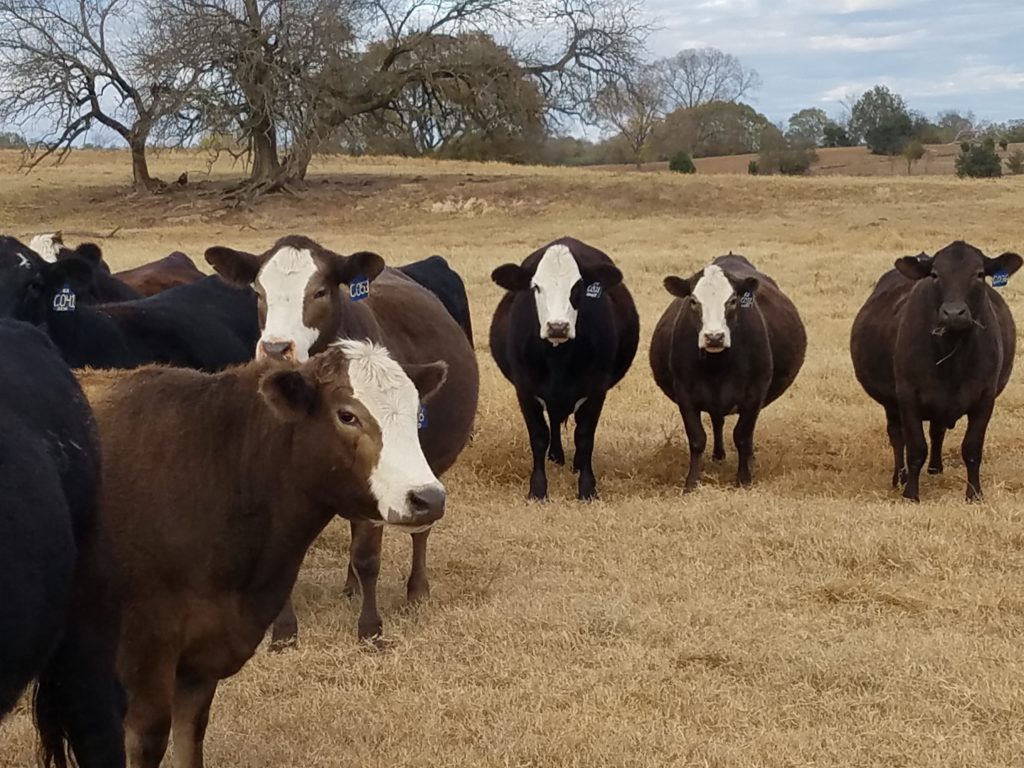Probiotics: An Alternative to Antibiotics in the Livestock Industry
Livestock nutrition is arguably the most important thing to producers across the industry. With the new ban on the use of antibiotics as growth promoters, and the increasing strains of antibiotic resistant bacteria, farmers and ranchers are looking for new safe and effective ways to prevent and treat diseases in livestock. Probiotics are one way in which farmers are meeting these goals.
The Livestock Industry and Antibiotic Use
The global livestock industry is huge. In the United States alone, livestock production is estimated to be responsible for 50% of all antibiotics consumed and 37% of all applied pesticides. The animals themselves were found to consume 95% of oat and 80% of corn production in the United States. With current agricultural practices and ever increasing demand, this has a huge impact on the environment and human health worldwide.
In 2017 the FDA started requiring that all medically important antibiotics approved for both animal and human use only be administered under the order of a veterinarian and banned their use for growth promotion. The new legislature also requires producers to keep and maintain records for at least two years. While some producers may see this as another hurdle to jump through, it is important because the use and misuse of antibiotics as growth promoters or as nonspecific means of infection prevention and treatment creates environments that encourage the evolution of antibiotic resistant bacteria that affect both animals and humans.
Consequences of Antibiotic Overuse and Misuse
One example of this can be seen in Staphylococcus aureus (S. aureus) bacteria. S. aureus is one of the most common bacteria that cause skin and soft tissue diseases in humans and are commonly referred to as staph infections. They are the leading cause of infections such as boils, cellulitis, and furuncles. While most staph infections are not life threatening, they can lead to serious infections in the bloodstream, bones and joints, and pneumonia.
S. aureus was one of the first bacteria to be characterized as resistant to antibiotics. The bacteria were found to have resistance to penicillin in 1948, a mere 8 years after their first use in animal production. It was mainly used as an eradication treatment for the staph bacteria that caused bovine mastitis. This widespread use of penicillin in the cattle industry during the 1940s is responsible for penicillin resistant strains of S. aureus.
While MRSA, Methicillin-resistant Staphylococcus aureus, has been associated with hospital-acquired infections for more than 30 years, its origins are not well known. We do know that the over-use and misuse of antibiotics in both the medical and agricultural industries play a significant role. Most recently, a new variant of antibiotic-resistant MRSA, known as MRSA CC398, has emerged in livestock.
Most commonly MRSA CC398 is being found in pig operations, which are a major source of the overuse and misuse of antibiotics in the United States. Nasal carriage of MRSA in farmers and others in contact with animals has been widely documented. While MRSA CC398 has been found to be very common in pig operations, the bacteria does not seem to exhibit host specificity, as it has also been isolated from cattle, horses, chickens, and dogs.
Probiotics as an Alternative to Antibiotics
Antibiotic resistance is a global threat and is a direct result of the overuse and misuse of antibiotics. The use of antibiotics in any setting will drive resistance expansion around the globe. This is why it is important to minimize the use of antibiotics through the elimination of inappropriate uses and finding alternative means of preventing disease and infections.
One of these alternatives is the use of probiotics as a feed additive. Simply put, probiotics work indirectly by creating an environment within the gut of the animal that promotes the growth of beneficial bacteria and inhibits the growth of pathogens. Probiotics are a class of live cultures that include yeast, fungi, and beneficial bacteria.
Currently, in the United States, probiotics are already being used in 30% of commercial beef operations with the common goal of increasing production efficiency. Probiotics are also being used in dairy operations to prevent disease and improve the overall health and productivity of the herd. The use of probiotics in chicken operations is a common practice as a means to increase egg production and reduce the need for antibiotics.
Probiotics and Poultry
 The Food and Agriculture Organization of the United Nations (FAO), has concluded that probiotics have significant positive effects on the productivity and health of poultry. The FAO based this conclusion off a number of studies that quantified the effectiveness of probiotics for growth promotion and disease prevention in both chickens and turkeys. One of these studies in particular reported that the use of probiotics improved the productivity and gut health of newly hatched birds. It also found that the using probiotics reduced the mortality rate by over 20%, compared to that of control flocks. The reduction of mortality as a result of probiotic use is similar to that achieved with antibiotics.
The Food and Agriculture Organization of the United Nations (FAO), has concluded that probiotics have significant positive effects on the productivity and health of poultry. The FAO based this conclusion off a number of studies that quantified the effectiveness of probiotics for growth promotion and disease prevention in both chickens and turkeys. One of these studies in particular reported that the use of probiotics improved the productivity and gut health of newly hatched birds. It also found that the using probiotics reduced the mortality rate by over 20%, compared to that of control flocks. The reduction of mortality as a result of probiotic use is similar to that achieved with antibiotics.
Another study showed that the use of probiotics in laying hens significantly increased egg production. Yet another study that compared probiotics to ionophores, a class of antibiotics that is used against coccidiosis in birds, found that a wide range if probiotic bacteria can effectively control the symptoms associated with the disease. These studies show that the implementation of probiotics can significantly decrease the use of antibiotics in poultry.
Probiotics and Swine
 Reviews done by the FAO, the European Medicines Authority (EMA), and the European Food Safety Authority have conclude that probiotics are an effective growth promoter in swine. The reviews have also shown that probiotics can prevent diarrhea and reduce mortality associated with E. coli in piglets. More than a 7% weigh gain in piglets after weaning and increases in feed efficiency in sows as a result of probiotic use has also been reported.
Reviews done by the FAO, the European Medicines Authority (EMA), and the European Food Safety Authority have conclude that probiotics are an effective growth promoter in swine. The reviews have also shown that probiotics can prevent diarrhea and reduce mortality associated with E. coli in piglets. More than a 7% weigh gain in piglets after weaning and increases in feed efficiency in sows as a result of probiotic use has also been reported.
A study of probiotic use in newborn piglets and calves has shown to significantly decrease digestive disorders and mortality rates as compared to animals that did not receive probiotics or antibiotics. These results are comparable to those that have been achieved with the use of antibiotics.
Probiotics and Cattle
A report done by the FAO, several meta-analyses, and systematic reviews have concluded that probiotics are an effective approach to enhancing productivity, and preventing and treating diseases in beef and dairy cattle. One study reported a 6% increase in milk production associated with the use of probiotics. Current data suggests that 20%if dairy operations are using probiotics to prevent disease, improve overall health and productivity in dairy cattle and calves. Approximately 1 in 4 feedlots with more than 1,000 cattle uses probiotics to prevent disease.
In summary, the over-use and misuse of antibiotics in the livestock industry is creating a preventable source of antibiotic resistant bacteria that are extremely dangerous to human health. Antibiotic resistance is going to happen, but we can reduce the rate at which the bacteria are evolving by incorporating alternative techniques to achieve increased feed conversion and health of the livestock including in-feed probiotics, enzymes, and vaccinations.



